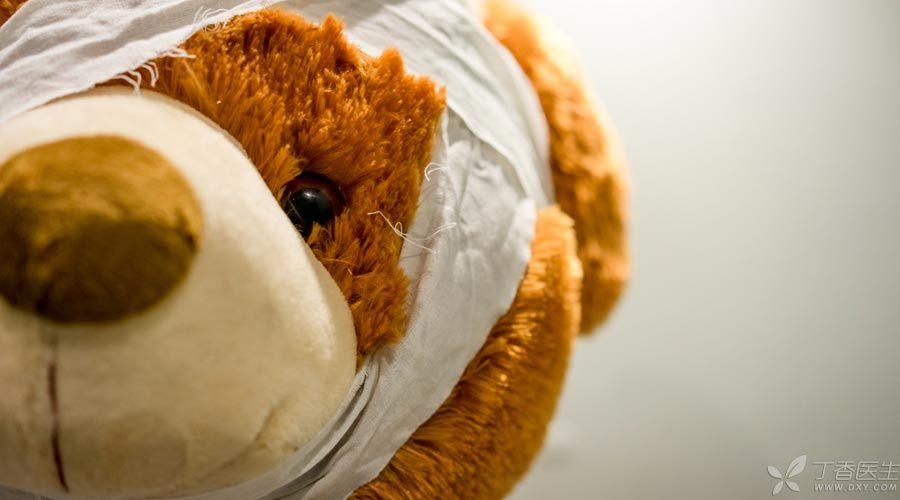
Perhaps you have seen such similar news:

Many parents said they were very scared after watching it.
In fact, there are children in the family, so parents need to leave a heart to avoid all kinds of accidental injuries. Not serious injuries are lucky in misfortune. If life-threatening situations are really encountered, it is still necessary for parents to master scientific first aid treatment methods.
As an emergency doctor, I hope that after reading this article, you will not have the opportunity to use this knowledge. At the same time, I hope that in case you need to use it, you can recall every word of this article, which may help a life turn from danger to safety.
Foreign body stab wound
Overview
There have been news reports of scissors, pencils, chopsticks, branches, steel bars, etc. penetrating children’s bodies. Foreign bodies penetrated into the body and pulled out without authorization may cause damage to important organs or large blood vessels and directly lead to death.
Handling
Protect the wound, stabilize foreign bodies, prevent the wound from deepening or expanding, and send it to a hospital with pediatric surgery in time.
Prohibit
Pull out foreign bodies without authorization, or plug back the foreign bodies that have been pulled out.
Prevention
Safety education; Use child safety scissors; Keep sharp objects properly.
Ocular trauma
Scene
Sharp instruments, debris into the eye, firecracker injuries, external force injuries, etc.
Overview
After the child is injured, it can be manifested as vision loss, continuous tears, abnormal eyeball appearance, etc.
Handling
Once (suspected) ocular trauma is found, the child should be taken to ophthalmology or emergency department for treatment immediately. If necessary, eye patches, paper cups or ring bandages should be used to protect the eyeball during the delivery process.
Prohibit
Take out intraocular foreign bodies at will; Pressurizing the eyeball; Direct contact with eyeballs; Flushing eyeballs without authorization, etc.
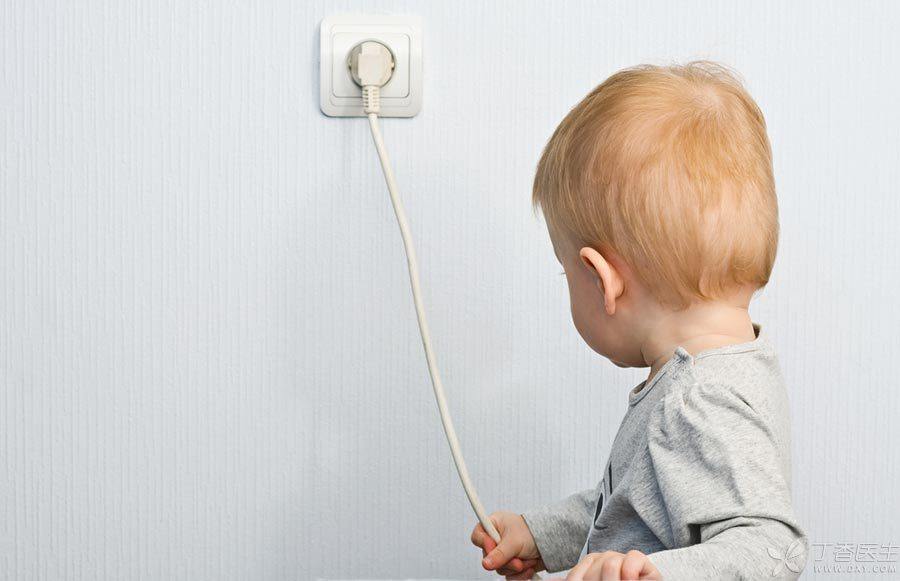
Electric shock
Scene
Insert metal appliances such as iron wires into the socket.
Overview
Low voltage electric shock at home may cause cardiac arrest and respiratory arrest.
Handling
Power failure-electric shock caused by household circuits, please turn off the main power supply first; If the power cannot be cut off quickly, use insulated objects to pick out the electric shock part.
Resuscitation-After low voltage electric shock, call 120. If the child loses consciousness and his heart stops, cardiopulmonary resuscitation should be continued until the medical staff arrive.
Prohibit
Touch the child before the power is cut off.
Prevention
Use child safety socket covers; Strengthen electricity safety education.
Scald
Scene
I didn’t test the water temperature when taking a bath, accidentally knocked over the thermos bottle, etc.
Overview
Children’s burns are often hydrothermal burns and are one of the most common accidental injuries.
Performance
The skin is red and damp red, with blisters and tissue fluid flowing out. In severe cases, the scalded part is black and the tissue is carbonized.
Handling
Cooling-rinse with running tap water for at least 30 minutes;
Take off your clothes-take off the wound surface and surrounding clothes, but if there is adhesion with the skin, do not take it off forcibly;
Soaking-Soak the scalded part in cold water for at least 30 minutes to relieve pain.
See a doctor-go to the hospital in time for treatment.
Prohibit
Direct ice application; Apply toothpaste, vinegar and various folk remedies.
Prevention
Tell the children not to enter the kitchen at will. Try to choose a water heater instead of boiling water when taking a bath. Place thermos bottles properly.
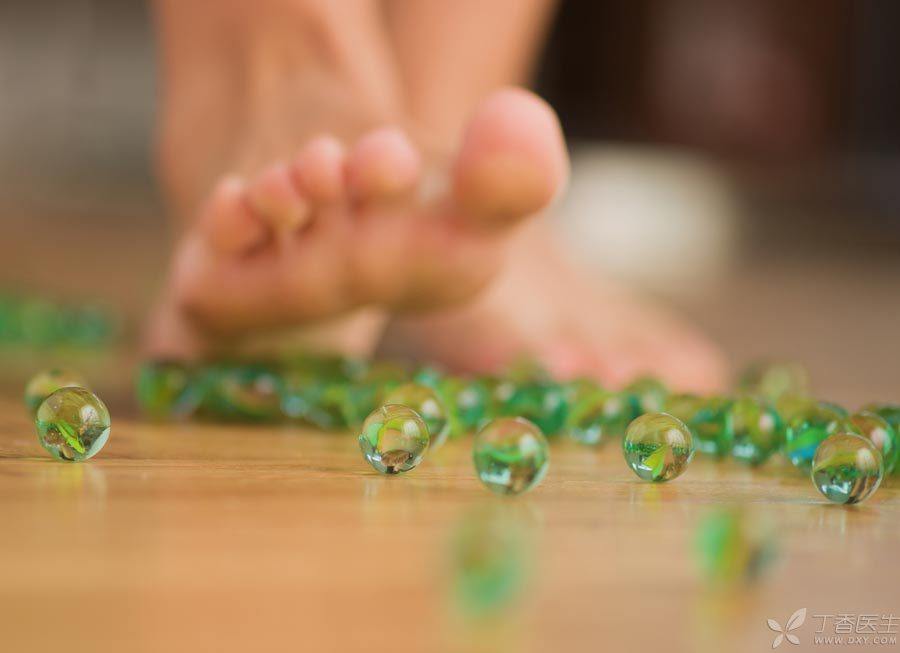
Fall injury
Overview
Falling down may cause bruises, fractures, epidural hematoma, etc.
Performance
Limb mobility disorder; Headache, nosebleeds, vomiting or mental abnormalities within 24 hours; Continuous loss of consciousness, etc.
Handling
If the above situation occurs, immediately send the child to the hospital and make a definite diagnosis as soon as possible.
No matter whether you go to the hospital or not, you should pay close attention to the mental state, vomiting and headache of the children.
If there is head trauma, tomography takes shorter time than magnetic resonance imaging and is the first choice for children with head trauma in emergency situations.
Prevention
The bathroom is provided with anti-skid mats; The ground in the children’s activity area shall be kept flat and clean.
High-rise falling injury
Scene
The child was locked at home, and the child climbed onto the balcony and fell.
Overview
Due to uncontrollable air posture, almost hopeless fall protection and children’s own physiological conditions, high-rise fall injuries have extremely high mortality and disability rates for children.
The cushion is not suitable for children, and in many similar incidents, due to the limited site conditions, the safety cushion cannot be properly placed.
Although we do not recommend blindly picking up children with hands or sheets, or even climbing up anti-theft nets to catch children. However, in many accidents, these practices have greatly reduced the degree of injuries to children.
Handling
If a child is found to be in danger of falling from the building, please contact 120 and 110 immediately (Note: 110 and 119 in our country have been linked, and the operator will contact the fire department when calling 110), building residents and even unlocking personnel.
If the child accidentally falls to the ground, immediately cover the injured part with a clean dressing and press to stop bleeding until the emergency personnel arrive. If the child stops breathing, please perform CPR immediately and make sure to stop bleeding before starting CPR. If more than one person is present, hemostasis and resuscitation can be performed at the same time.
Prohibit
Put the exposed organs back into the body; Move the child without authorization.
Prevention
Don’t leave too young children at home alone. Do not place easy-to-climb items such as chairs near the balcony.
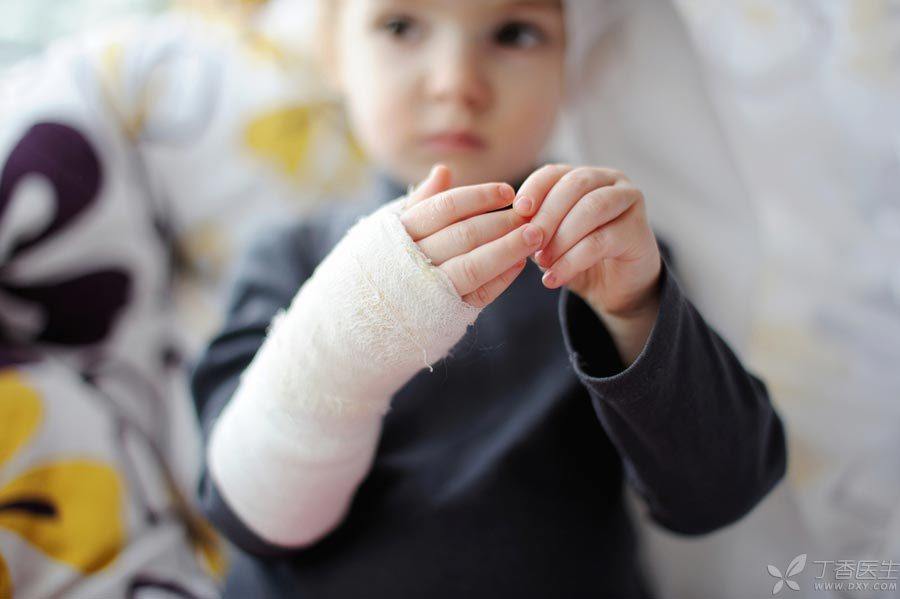
Drowning
Scene
Drowning may occur when swimming or children take a bath.
Handling
Call 120 immediately after rescuing the child.
If breathing stops, start cardiopulmonary resuscitation. First clean up the foreign bodies in the nasal and oral airways, then perform chest compressions and mouth-to-mouth blowing at a ratio of 30: 2 until the emergency personnel arrive.
Prohibit
Use handstand, top abdomen, pat back and other methods to try to control water.
Prevention
Children under 6 years old cannot play alone at the water’s edge. Children under the age of 14 cannot go to the deep water area alone. Younger children need to be cared for by their parents when taking a bath.
Airway foreign body obstruction
Overview
Obstruction of airway foreign bodies in children may be manifested as silent cough, inability to breathe or syncope.
Handling
If you can still speak, cough should be encouraged.
If the child cannot cough, Heimlick method should be adopted to give first aid to children aged 1-8 years old, and infants younger than 1 year old should immediately undergo back patting and chest compressions alternately.
At the same time, call 120 urgently for help.
Even if the infarction is relieved, you should go to the emergency room for further examination.
Prohibit
Before the infarction is relieved, drink water and eat.
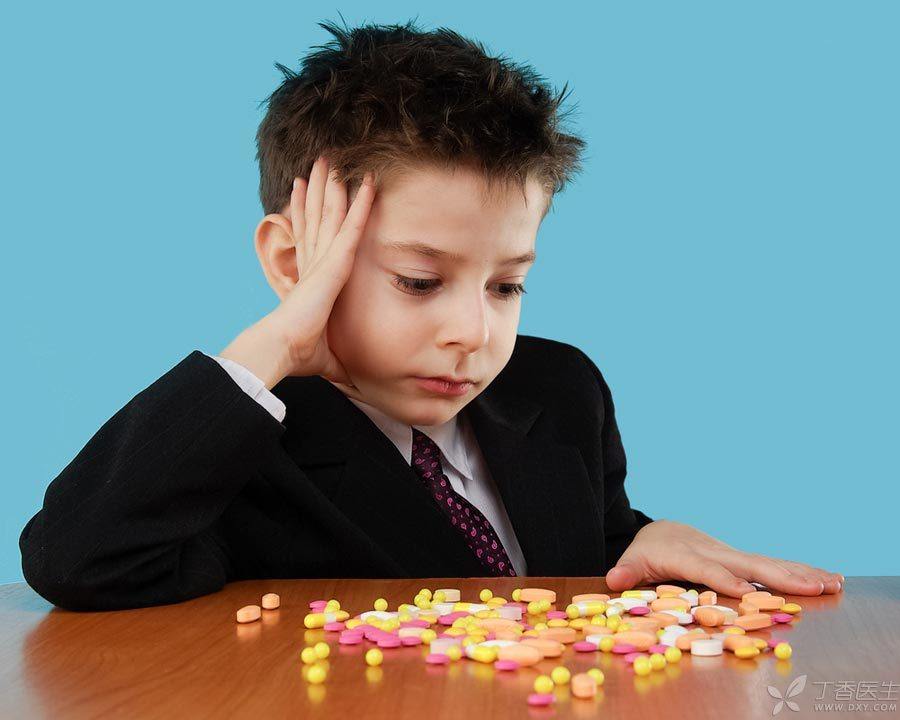
Taking drugs and chemicals by mistake
Overview
Take detergent, desiccant and medicine by mistake.
Handling
It is forbidden to induce vomiting after taking strong acid and alkali chemicals by mistake, and take a large amount of milk and water to protect gastric mucosa and dilute acid and alkali.
If respiratory depression occurs after taking sleeping pills and other drugs by mistake, cardiopulmonary resuscitation should be carried out in time.
After arriving at the emergency room, the doctor will carry out gastric lavage, blood purification, drug therapy, oral activated carbon, surgery and other treatments according to the specific situation.
When going to the hospital, you can bring drugs or chemicals taken by mistake to facilitate doctors’ diagnosis and treatment.
Prohibit
Vomiting.
Prevention
Place it properly. Do not put desiccant and medicine in a place that is easy for children to obtain.
Food poisoning
Overview
Vomiting, abdominal pain, diarrhea, coma.
Handling
If the child is suspected of food poisoning, the residual food should be collected immediately and the child should be taken to the hospital.
Before arriving at the hospital, whether food poisoning patients should induce vomiting has always been a controversial topic.
For children younger than 3 years old, with poor mental state, abnormal respiratory state or any high-risk aspiration risk, vomiting should not be carried out, but the food in the mouth can be vomited out.
Prevention
Pay attention to food safety.
It is every mother’s greatest wish for her children to grow up safely.
